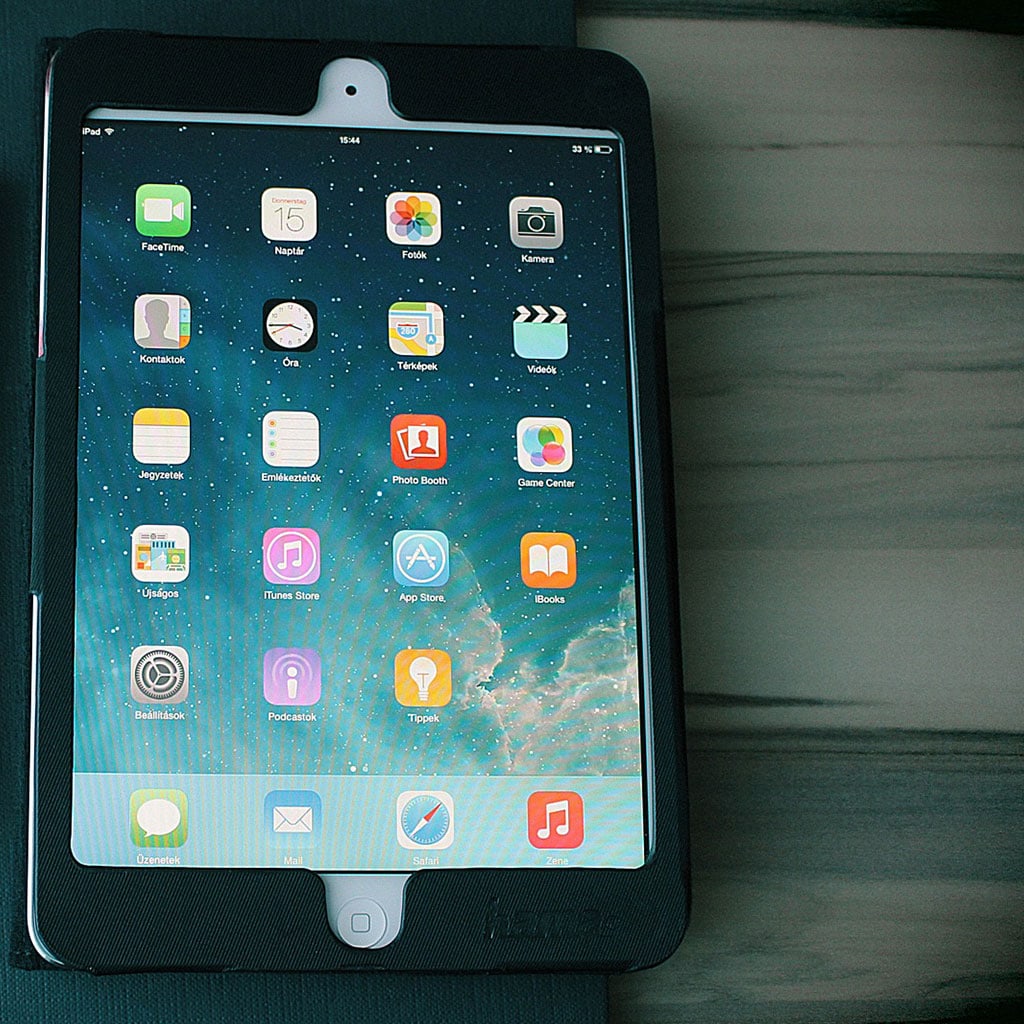How to put parental controls on iPad
How to put parental controls on iPad
Introducing parental controls on an iPad is an essential step towards ensuring a safe and age-appropriate digital experience for children. This article will guide you through the straightforward process of setting up effective parental controls on your iPad, allowing you to monitor and manage your child’s access to content and apps.
Unlock the secrets to safeguarding your child’s iPad with foolproof parental controls!
Setting up parental controls on an iPad is a crucial step in safeguarding your child’s online experience. Follow these steps to implement effective controls:
- Open Settings:
- Begin by unlocking your iPad and navigating to the “Settings” app, which is represented by a gear icon.
- Select Screen Time:
- In the Settings menu, locate and tap on “Screen Time”. This feature enables you to monitor and control various aspects of your child’s iPad usage.
- Set up Downtime:
- Tap “Downtime” and toggle the switch to enable it. Downtime allows you to specify a period during which only essential apps and phone functions will be accessible.
- Set App Limits:
- Return to the Screen Time menu and select “App Limits”. Here, you can set specific time limits for categories of apps, such as social media or games.
- Content & Privacy Restrictions:
- Within Screen Time, find “Content & Privacy Restrictions”. Enable this feature to manage what your child can access, download, and view.
- Restrict App Installations:
- Under “Content Restrictions”, navigate to “iTunes & App Store Purchases”. Here, you can set restrictions for installing new apps.
- Filter Content:
- Within “Content Restrictions”, tap on “Allowed Apps”. Review and select which apps your child can access.
- Enable Web Content Filters:
- In “Content & Privacy Restrictions”, navigate to “Content Restrictions” and select “Web Content”. Here, you can choose to filter explicit content.
- Restrict Game Center:
- In “Content & Privacy Restrictions”, go to “Allowed Apps” and disable access to Game Center if desired.
- Review Privacy Settings:
- Return to “Content & Privacy Restrictions” and examine the privacy settings. Ensure that location sharing, contacts, and other features are appropriately restricted.
- Create a Screen Time Passcode:
- In “Screen Time”, tap “Use Screen Time Passcode” to set a separate passcode for Screen Time settings. This prevents your child from changing these restrictions.
- Periodic Review and Adjustments:
- Periodically revisit the Screen Time settings to make adjustments based on your child’s evolving needs and maturity.
Remember, these steps provide a solid foundation for parental controls on an iPad, but open communication with your child about responsible device usage is equally important. Regularly discussing their online activities and educating them about internet safety ensures a balanced approach to digital exploration.
What Are App Limits and How Can I Use Them?
App Limits are a crucial feature within parental control settings on an iPad. They allow parents or guardians to set specific time limits on how long their children can use certain apps or app categories. This serves as a helpful tool in managing screen time and ensuring that children have a healthy balance between digital and offline activities. By setting App Limits, parents can prevent excessive usage of certain apps, ensuring that their children have enough time for other important activities like homework, physical exercise, and quality family time. Additionally, it offers a layer of protection against exposure to inappropriate content, as parents can limit access to apps that may contain sensitive or adult content.
To utilize App Limits, navigate to the “Settings” menu on the iPad, then select “Screen Time” and tap on “App Limits.” From there, you can choose specific app categories or individual apps, and set a maximum allowed time for each. The iPad will send notifications when the set limit is approaching, providing a helpful reminder to children about their screen time. This feature, when used in conjunction with other parental control settings like content restrictions and location services, ensures that children have a safe and controlled digital experience, making it a valuable tool in keeping kids safe online.
What Privacy Settings Should I Review and Adjust?
When it comes to safeguarding privacy on an iPad, it’s essential to review and adjust various settings to ensure a secure and kid-friendly digital environment. Parents or guardians should start by exploring the parental control settings within the device. These settings offer a range of handy tools to manage and monitor a child’s online activities. One crucial aspect to consider is content restrictions. This allows parents to filter out inappropriate content, both in apps and on the web, ensuring that children are not exposed to material that is not suitable for their age group. By setting up content filters, parents can maintain a safe online space for their kids, giving them access to age-appropriate content while keeping them shielded from potentially harmful material.
Another important privacy setting to review involves location services. By managing these settings, parents can have better control over their child’s digital footprint. Location services enable the iPad to determine its geographical location, which can be useful for various apps. However, it’s crucial to ensure that this feature is used responsibly and that access to location data is only granted to trusted apps. Parents can adjust these settings to allow only selected apps to access location information, thus enhancing their child’s online safety and privacy. Additionally, reviewing and fine-tuning other settings related to screen recording, search content, and access to apps can provide further layers of protection, ultimately creating a secure and kid-friendly digital environment.





You must be logged in to post a comment.